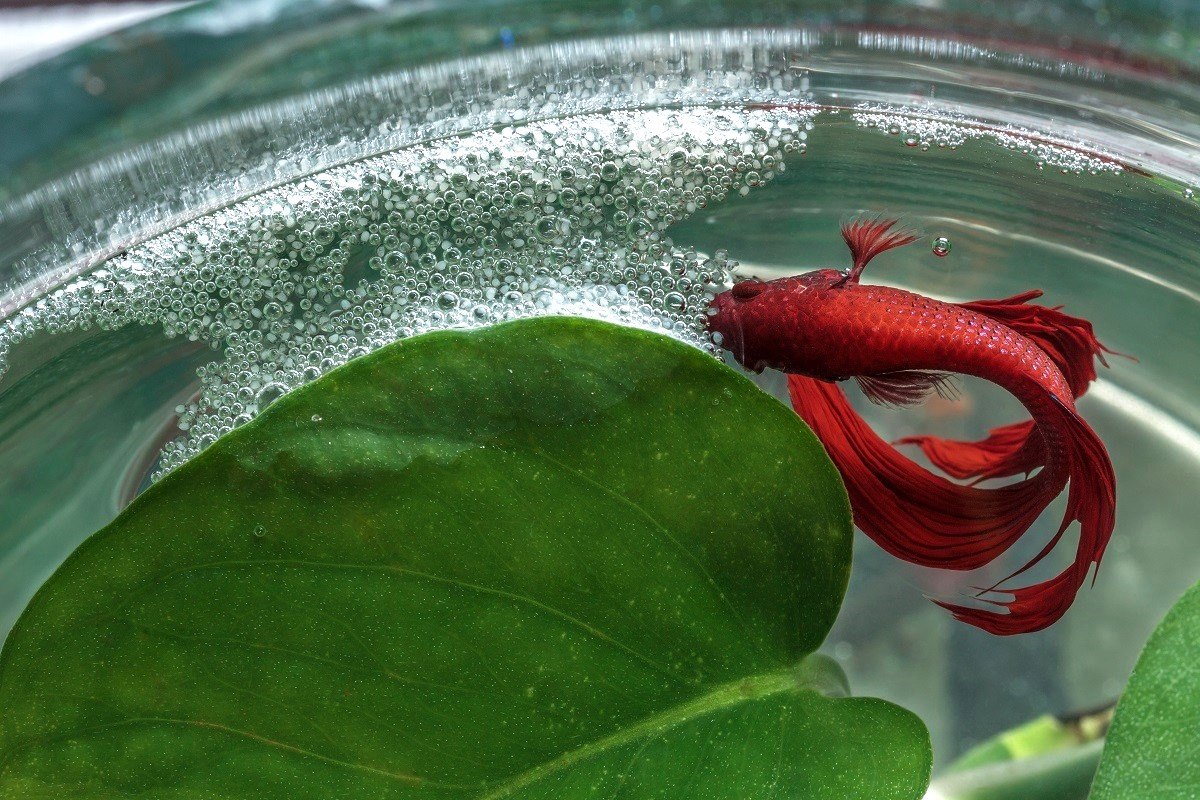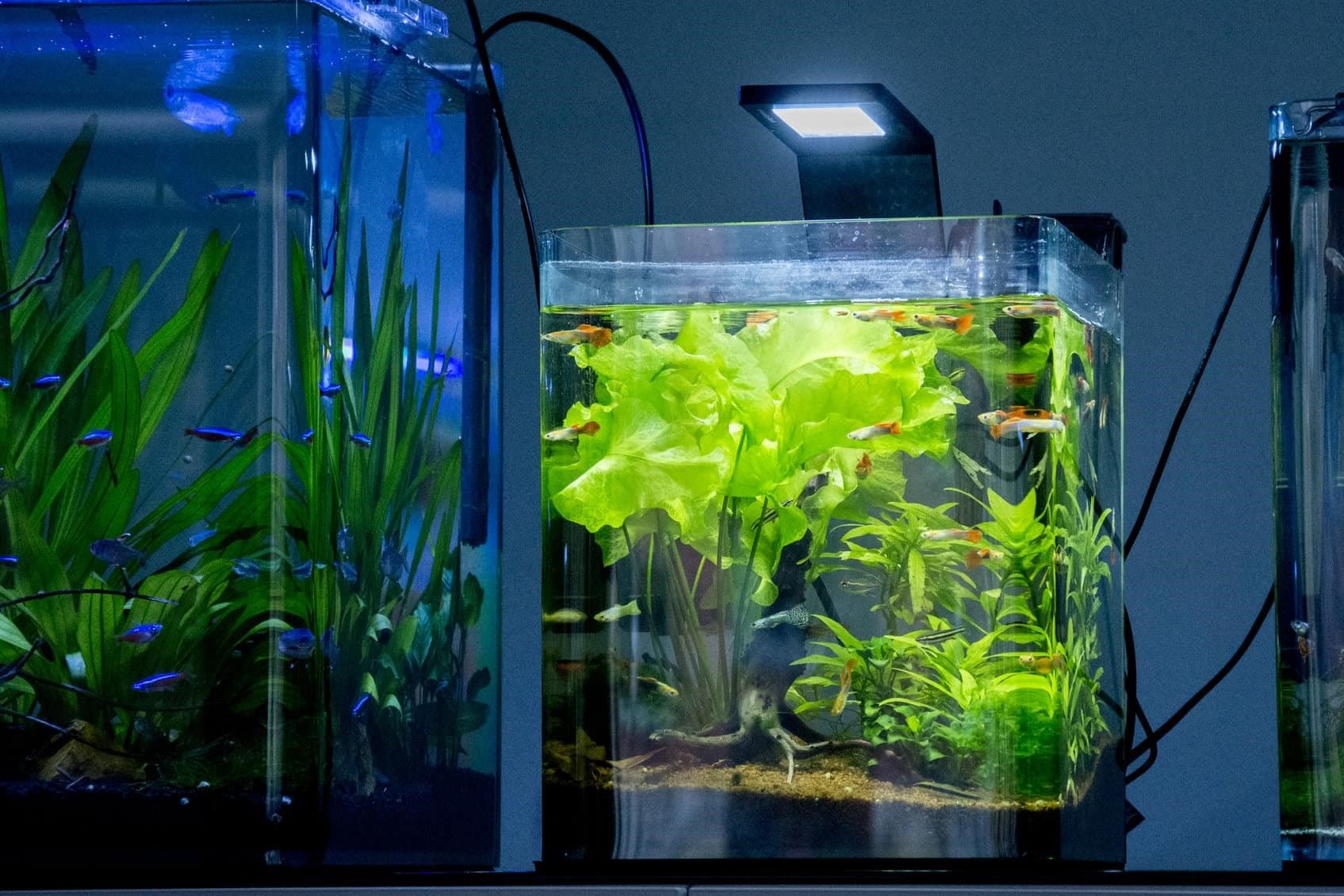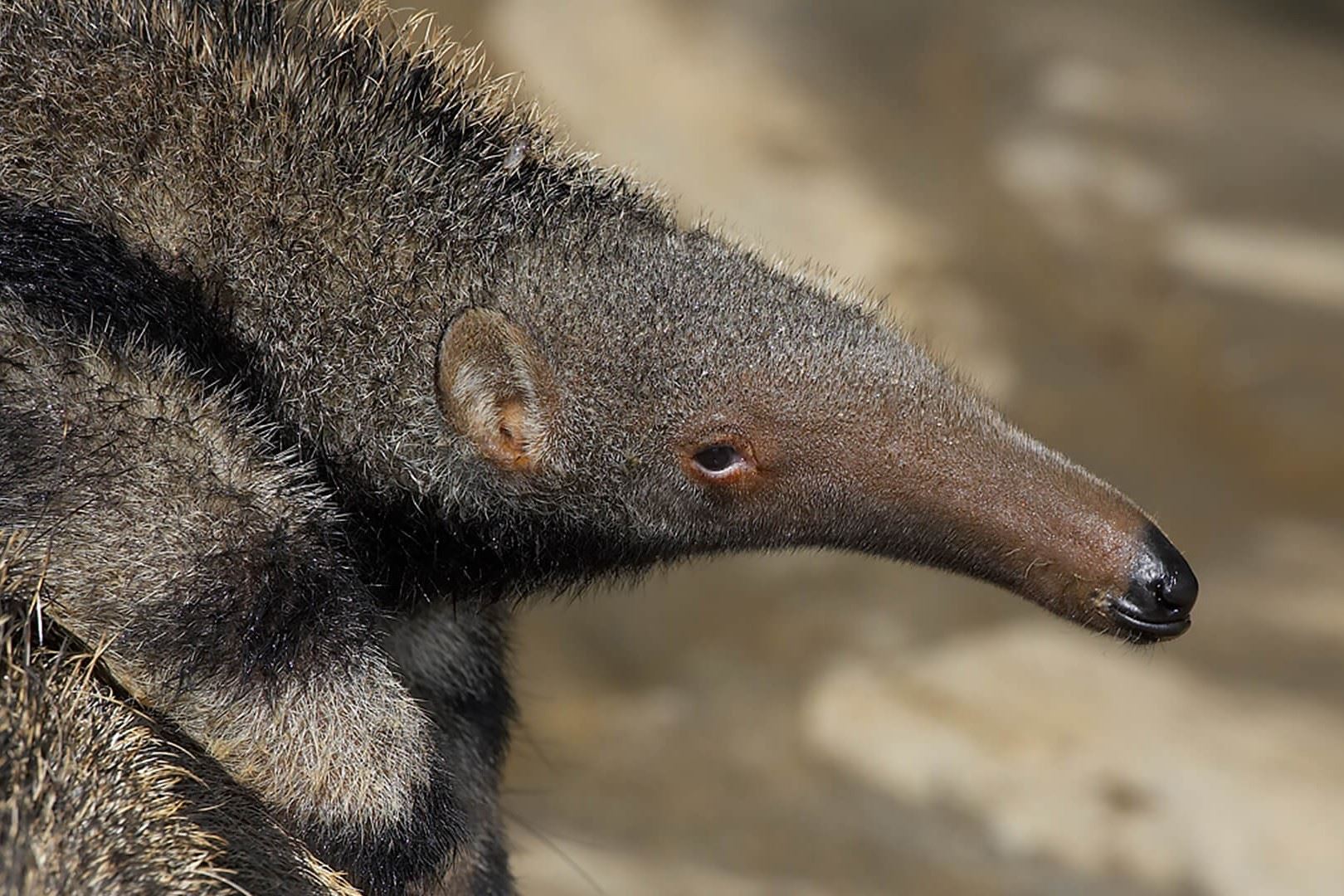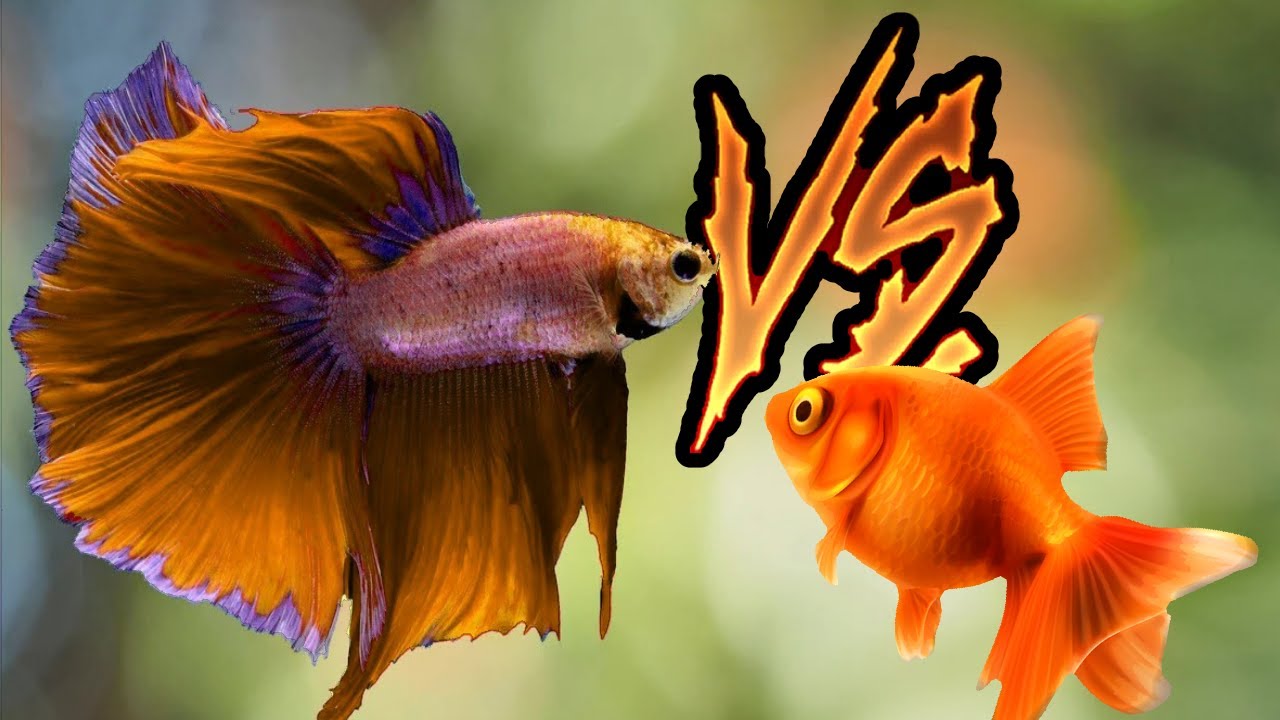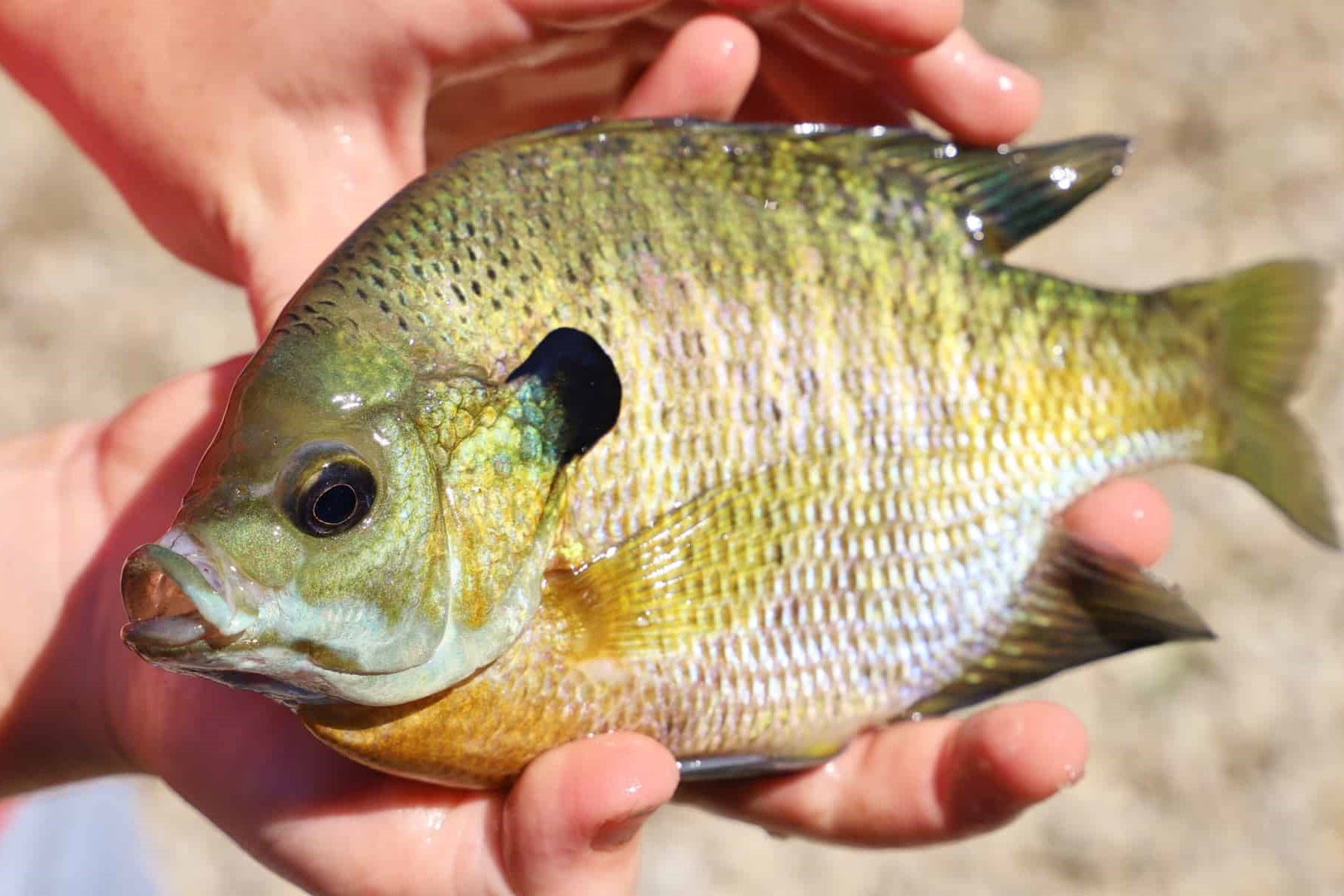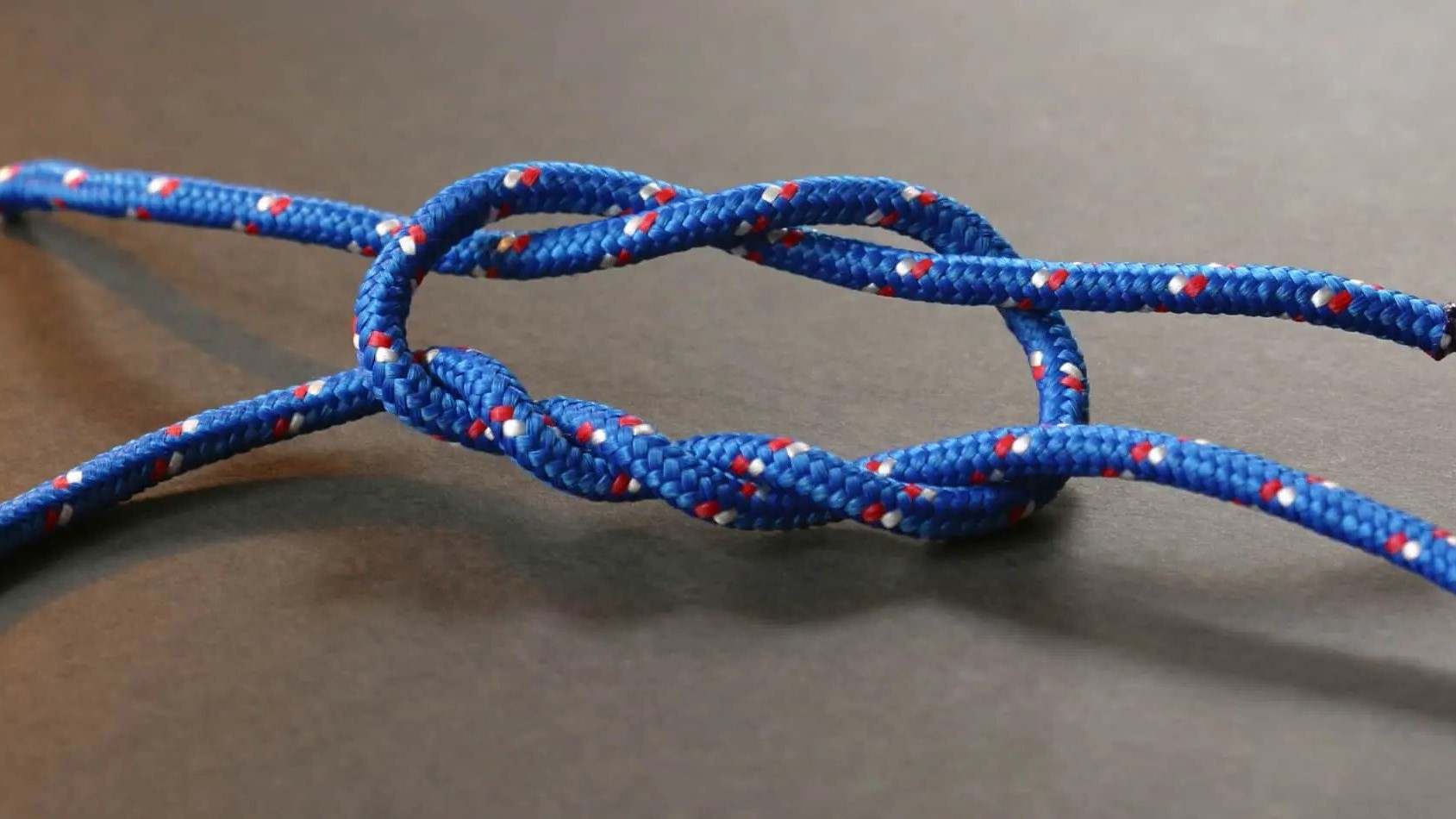Home>Pets & Animals>Top Algae-Eating Companions For Your Betta Fish
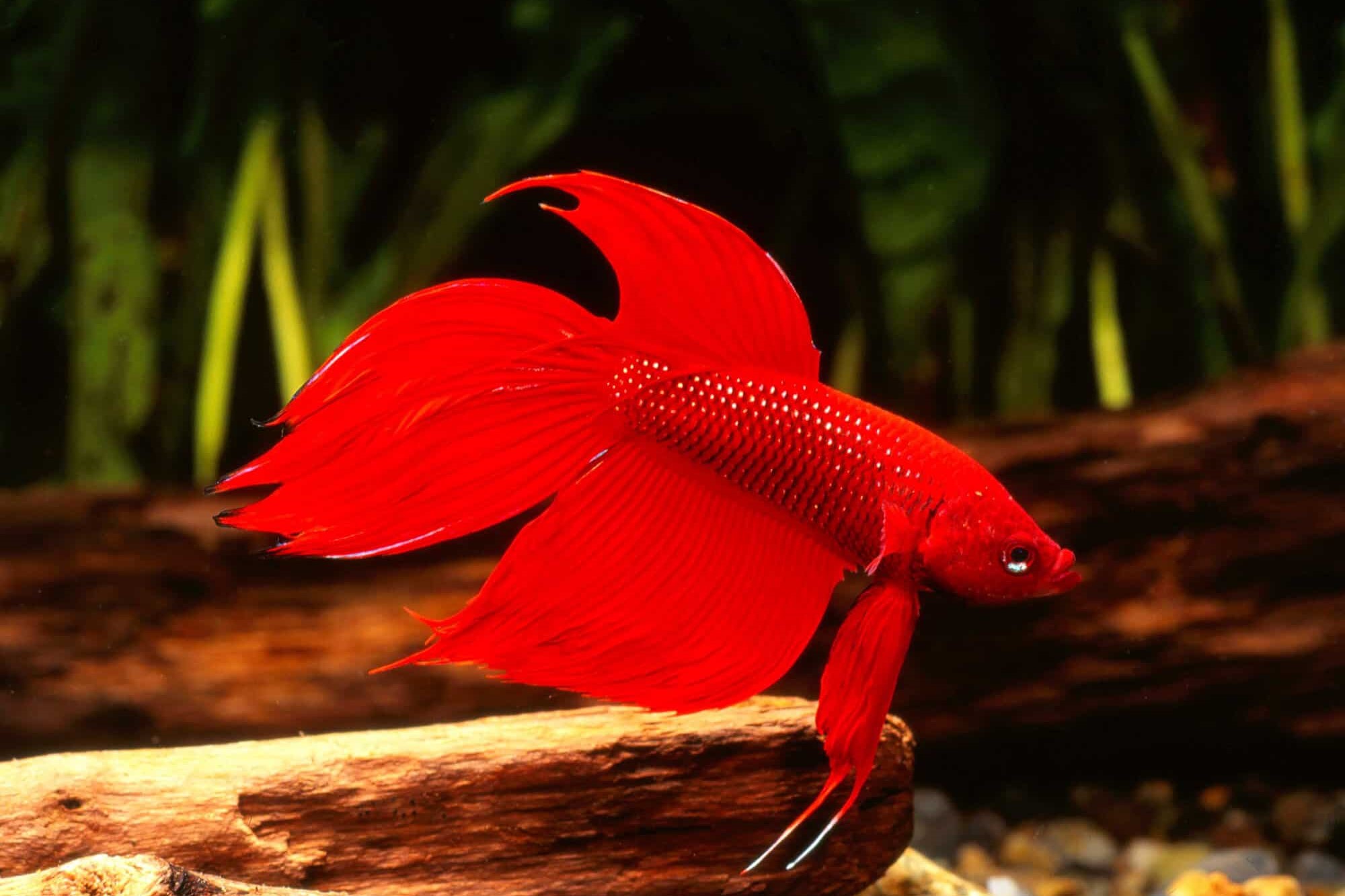

Pets & Animals
Top Algae-Eating Companions For Your Betta Fish
Published: January 29, 2024
Discover the best algae-eating companions for your betta fish. Find out which pets and animals can help maintain a clean and healthy aquarium environment.
(Many of the links in this article redirect to a specific reviewed product. Your purchase of these products through affiliate links helps to generate commission for Noodls.com, at no extra cost. Learn more)
Table of Contents
Introduction
Adding algae-eating companions to your betta fish tank not only enhances the aesthetics of the aquarium but also contributes to a healthier aquatic environment. These companions play a crucial role in maintaining the tank's balance by consuming excess algae, which can otherwise lead to water quality issues and compromise the well-being of your betta fish.
Choosing the right algae-eating companions is essential to ensure compatibility with your betta fish and to create a harmonious aquatic ecosystem. Each type of algae-eating companion offers unique benefits, and understanding their characteristics will help you make an informed decision.
In this article, we will explore the top algae-eating companions for your betta fish, shedding light on their individual traits, dietary habits, and compatibility with bettas. By delving into the world of these aquatic companions, you can make an educated choice that promotes the overall health and balance of your aquarium.
Nerite Snails
Nerite snails are renowned for their exceptional algae-eating prowess and are a popular choice for betta fish tanks. These small, hardy snails are prized for their efficiency in consuming various types of algae, including green spot algae, brown algae, and even stubborn forms such as black beard algae. Their voracious appetite for algae makes them valuable additions to betta fish tanks, where algae control is essential for maintaining water quality and aesthetics.
One of the most appealing aspects of nerite snails is their peaceful nature, which makes them ideal tank mates for bettas. Their calm demeanor and non-aggressive behavior ensure compatibility with bettas, reducing the likelihood of territorial conflicts or aggression within the tank. This peaceful cohabitation creates a harmonious environment, allowing both the betta fish and the nerite snails to thrive without undue stress.
Nerite snails are also renowned for their striking appearance, with unique shell patterns that add visual interest to the aquarium. Their shells come in a variety of colors and patterns, ranging from intricate stripes to speckled designs, enhancing the overall aesthetic appeal of the tank. As they diligently scour surfaces for algae, the gentle movements of nerite snails contribute to the dynamic beauty of the aquatic landscape, captivating observers with their graceful presence.
In terms of care, nerite snails are relatively low-maintenance, making them suitable for both novice and experienced aquarists. They are undemanding in terms of water parameters and can adapt to a range of conditions, thriving in well-established betta fish tanks. However, it's important to provide a stable environment with adequate algae growth to sustain these snails, as they heavily rely on algae as a primary food source.
While nerite snails are prolific algae eaters, they are unable to reproduce in freshwater aquariums, alleviating concerns about population explosions. This unique trait ensures that their numbers remain manageable, preventing overpopulation in the tank. As a result, aquarists can enjoy the benefits of algae control without worrying about an excessive increase in snail population.
In summary, nerite snails are valuable allies in the battle against algae, offering efficient algae control, peaceful cohabitation with bettas, and captivating visual appeal. By introducing nerite snails to your betta fish tank, you can create a balanced ecosystem where both the fish and the snails thrive in harmony, fostering a captivating underwater world for enthusiasts to admire.
Amano Shrimp
Amano shrimp, scientifically known as Caridina multidentata, are revered for their exceptional algae-eating abilities and peaceful demeanor, making them excellent companions for betta fish tanks. These small, translucent crustaceans are renowned for their voracious appetite for various forms of algae, including green algae, diatoms, and even hair algae. Their relentless foraging behavior makes them valuable assets in maintaining optimal water quality and a pristine aquatic environment.
One of the most striking features of Amano shrimp is their diligent algae-cleaning activities. These industrious crustaceans tirelessly scour surfaces, consuming algae and organic debris, thereby preventing the proliferation of unsightly algae blooms. Their relentless grazing not only contributes to a cleaner and more visually appealing aquarium but also helps to mitigate potential algae-related issues that can compromise the overall health of the aquatic ecosystem.
In addition to their algae-eating prowess, Amano shrimp are known for their peaceful and non-confrontational nature, which makes them compatible tank mates for betta fish. Their unobtrusive presence and tranquil demeanor reduce the likelihood of territorial conflicts and aggression within the tank, fostering a harmonious cohabitation that benefits both the Amano shrimp and the betta fish.
Furthermore, Amano shrimp exhibit fascinating behaviors that captivate aquarium enthusiasts. Their agile movements and meticulous foraging activities add a dynamic dimension to the underwater landscape, creating a mesmerizing spectacle for observers. As they navigate the tank, diligently grazing on algae and detritus, Amano shrimp contribute to the vibrancy and liveliness of the aquarium, enriching the overall aquatic experience.
In terms of care, Amano shrimp are relatively undemanding and can thrive in a well-maintained betta fish tank. Providing a suitable environment with ample hiding places, live plants, and stable water parameters is essential for ensuring the well-being of these crustaceans. Additionally, supplementing their diet with algae wafers or blanched vegetables can help sustain their nutritional needs, complementing their natural algae-consuming behavior.
Amano shrimp are also known for their intriguing reproductive behavior, with females releasing larvae into the water column, leading to a complex larval development process. While successful breeding in home aquariums can be challenging due to the unique requirements of Amano shrimp larvae, witnessing their natural reproductive behaviors adds an intriguing aspect to the aquatic environment.
In summary, Amano shrimp are valued for their exceptional algae-eating capabilities, peaceful cohabitation with bettas, and captivating behaviors that enrich the aquarium experience. By introducing these industrious crustaceans to your betta fish tank, you can create a balanced ecosystem where algae control and visual appeal converge, fostering a captivating underwater world for enthusiasts to admire.
Siamese Algae Eaters
Siamese Algae Eaters (Crossocheilus oblongus) are revered for their exceptional algae-eating prowess and are highly sought-after for betta fish tanks. These sleek and agile fish are renowned for their voracious appetite for various types of algae, including green algae, black beard algae, and even diatoms. Their relentless foraging behavior makes them valuable assets in maintaining optimal water quality and a pristine aquatic environment.
One of the most distinctive features of Siamese Algae Eaters is their efficiency in controlling algae growth. These energetic fish exhibit a keen preference for consuming algae, diligently scouring surfaces and plant leaves to keep unsightly algae at bay. Their ability to target stubborn forms of algae, such as black beard algae, sets them apart as formidable defenders against algae overgrowth in the aquarium. This proactive approach to algae control not only enhances the visual appeal of the tank but also contributes to a healthier and more balanced aquatic ecosystem.
Siamese Algae Eaters are also known for their peaceful nature and non-aggressive behavior, making them excellent companions for betta fish. Their unobtrusive presence and tranquil demeanor reduce the likelihood of territorial conflicts and aggression within the tank, fostering a harmonious cohabitation that benefits both the Siamese Algae Eaters and the betta fish. This peaceful coexistence creates a serene and balanced environment, allowing both species to thrive without undue stress.
Furthermore, Siamese Algae Eaters exhibit fascinating behaviors that captivate aquarium enthusiasts. Their agile movements and meticulous foraging activities add a dynamic dimension to the underwater landscape, creating a mesmerizing spectacle for observers. As they navigate the tank, diligently grazing on algae and organic matter, Siamese Algae Eaters contribute to the vibrancy and liveliness of the aquarium, enriching the overall aquatic experience.
In terms of care, Siamese Algae Eaters thrive in well-maintained betta fish tanks with ample swimming space and hiding spots. Providing a suitable environment with live plants and stable water parameters is essential for ensuring the well-being of these energetic fish. Additionally, supplementing their diet with algae wafers or blanched vegetables can help sustain their nutritional needs, complementing their natural algae-consuming behavior.
Siamese Algae Eaters are highly valued for their exceptional algae-eating capabilities, peaceful cohabitation with bettas, and captivating behaviors that enrich the aquarium experience. By introducing these diligent fish to your betta fish tank, you can create a balanced ecosystem where algae control and visual appeal converge, fostering a captivating underwater world for enthusiasts to admire.
Otocinclus Catfish
Otocinclus catfish, often referred to as otos, are esteemed for their exceptional algae-eating capabilities, making them valuable additions to betta fish tanks. These diminutive catfish species belong to the Loricariidae family and are renowned for their voracious appetite for various types of algae, including green algae, diatoms, and soft film algae. Their relentless foraging behavior and efficient algae consumption make them valuable assets in maintaining optimal water quality and a pristine aquatic environment.
One of the most notable traits of Otocinclus catfish is their small size and peaceful nature, which makes them ideal companions for bettas. Their unobtrusive presence and non-aggressive demeanor reduce the likelihood of territorial conflicts and aggression within the tank, fostering a harmonious cohabitation that benefits both the Otocinclus catfish and the betta fish. This peaceful coexistence creates a serene and balanced environment, allowing both species to thrive without undue stress.
Otocinclus catfish are also revered for their diligent algae-cleaning activities. These industrious catfish tirelessly scour surfaces, including glass, plants, and decorations, consuming algae and organic debris, thereby preventing the proliferation of unsightly algae blooms. Their meticulous grazing not only contributes to a cleaner and more visually appealing aquarium but also helps to mitigate potential algae-related issues that can compromise the overall health of the aquatic ecosystem.
In addition to their algae-eating prowess, Otocinclus catfish exhibit fascinating behaviors that captivate aquarium enthusiasts. Their agile movements and meticulous foraging activities add a dynamic dimension to the underwater landscape, creating a mesmerizing spectacle for observers. As they navigate the tank, diligently grazing on algae and detritus, Otocinclus catfish contribute to the vibrancy and liveliness of the aquarium, enriching the overall aquatic experience.
In terms of care, Otocinclus catfish thrive in well-maintained betta fish tanks with ample hiding places, live plants, and stable water parameters. Providing a suitable environment with a natural substrate and peaceful surroundings is essential for ensuring the well-being of these diminutive catfish. Additionally, supplementing their diet with algae wafers, blanched vegetables, or specialized sinking pellets can help sustain their nutritional needs, complementing their natural algae-consuming behavior.
Otocinclus catfish are highly valued for their exceptional algae-eating capabilities, peaceful cohabitation with bettas, and captivating behaviors that enrich the aquarium experience. By introducing these industrious catfish to your betta fish tank, you can create a balanced ecosystem where algae control and visual appeal converge, fostering a captivating underwater world for enthusiasts to admire.
Cherry Shrimp
Cherry shrimp, scientifically known as Neocaridina davidi, are cherished for their vibrant coloration, algae-eating prowess, and peaceful disposition, making them prized companions for betta fish tanks. These diminutive crustaceans, adorned in striking shades of red, exhibit a voracious appetite for various forms of algae, including green algae, soft film algae, and decaying plant matter. Their diligent foraging behavior and efficient algae consumption make them valuable assets in maintaining optimal water quality and a pristine aquatic environment.
One of the most captivating aspects of cherry shrimp is their stunning visual appeal, which adds a vibrant splash of color to the aquarium. Their vibrant red hues create a striking contrast against lush greenery and decor, infusing the aquatic landscape with a captivating allure. As they gracefully navigate the tank, cherry shrimp contribute to the dynamic beauty of the underwater environment, captivating observers with their charming presence.
In addition to their aesthetic charm, cherry shrimp are renowned for their meticulous algae-cleaning activities. These industrious crustaceans tirelessly scour surfaces, including plant leaves, driftwood, and substrate, consuming algae and organic debris, thereby preventing the proliferation of unsightly algae blooms. Their relentless grazing not only contributes to a cleaner and more visually appealing aquarium but also helps to mitigate potential algae-related issues that can compromise the overall health of the aquatic ecosystem.
Furthermore, cherry shrimp are celebrated for their peaceful nature and non-confrontational behavior, making them excellent companions for betta fish. Their unobtrusive presence and tranquil demeanor reduce the likelihood of territorial conflicts and aggression within the tank, fostering a harmonious cohabitation that benefits both the cherry shrimp and the betta fish. This peaceful coexistence creates a serene and balanced environment, allowing both species to thrive without undue stress.
In terms of care, cherry shrimp are relatively undemanding and can thrive in a well-maintained betta fish tank. Providing a suitable environment with ample hiding places, live plants, and stable water parameters is essential for ensuring the well-being of these diminutive crustaceans. Additionally, supplementing their diet with specialized shrimp pellets, blanched vegetables, or algae wafers can help sustain their nutritional needs, complementing their natural algae-consuming behavior.
Cherry shrimp are highly valued for their exceptional algae-eating capabilities, peaceful cohabitation with bettas, and captivating visual appeal. By introducing these vibrant crustaceans to your betta fish tank, you can create a balanced ecosystem where algae control and aesthetic enhancement converge, fostering a captivating underwater world for enthusiasts to admire.
Conclusion
In conclusion, the addition of algae-eating companions to your betta fish tank serves as a multifaceted enhancement, contributing to both the visual appeal and the ecological balance of the aquatic environment. Each of the featured algae-eating companions, including nerite snails, Amano shrimp, Siamese Algae Eaters, Otocinclus catfish, and cherry shrimp, offers unique attributes that synergistically enrich the overall dynamics of the aquarium.
By introducing nerite snails, aquarists can benefit from their exceptional algae-eating prowess, peaceful cohabitation with bettas, and captivating shell patterns that add visual interest to the tank. The diligent foraging activities of nerite snails contribute to a cleaner and more visually appealing aquarium, while their ability to control algae growth helps to maintain optimal water quality.
Amano shrimp, with their relentless algae-consuming behavior and peaceful nature, offer a valuable contribution to betta fish tanks. Their vibrant presence, efficient algae control, and captivating behaviors create a harmonious aquatic ecosystem, enriching the overall aquarium experience.
Siamese Algae Eaters stand out for their proactive approach to algae control, targeting various forms of algae and exhibiting peaceful cohabitation with bettas. Their energetic foraging activities and graceful movements add a dynamic dimension to the underwater landscape, fostering a captivating environment for enthusiasts to admire.
Otocinclus catfish, known for their diminutive size, diligent algae-cleaning activities, and peaceful demeanor, serve as valuable allies in the battle against algae overgrowth. Their unobtrusive presence and efficient algae consumption contribute to a balanced aquatic environment, promoting the well-being of both the catfish and the betta fish.
Cherry shrimp, prized for their vibrant coloration, meticulous algae-cleaning activities, and peaceful disposition, add a captivating visual allure to betta fish tanks. Their striking presence, efficient algae control, and peaceful cohabitation with bettas create an enchanting underwater world that captivates observers.
In essence, the inclusion of algae-eating companions in betta fish tanks transcends mere functional benefits, extending to the creation of a captivating aquatic ecosystem where aesthetics and ecological harmony converge. By carefully selecting and introducing these algae-eating companions, aquarists can cultivate a thriving and visually stunning environment that reflects the natural balance and beauty of aquatic life.

